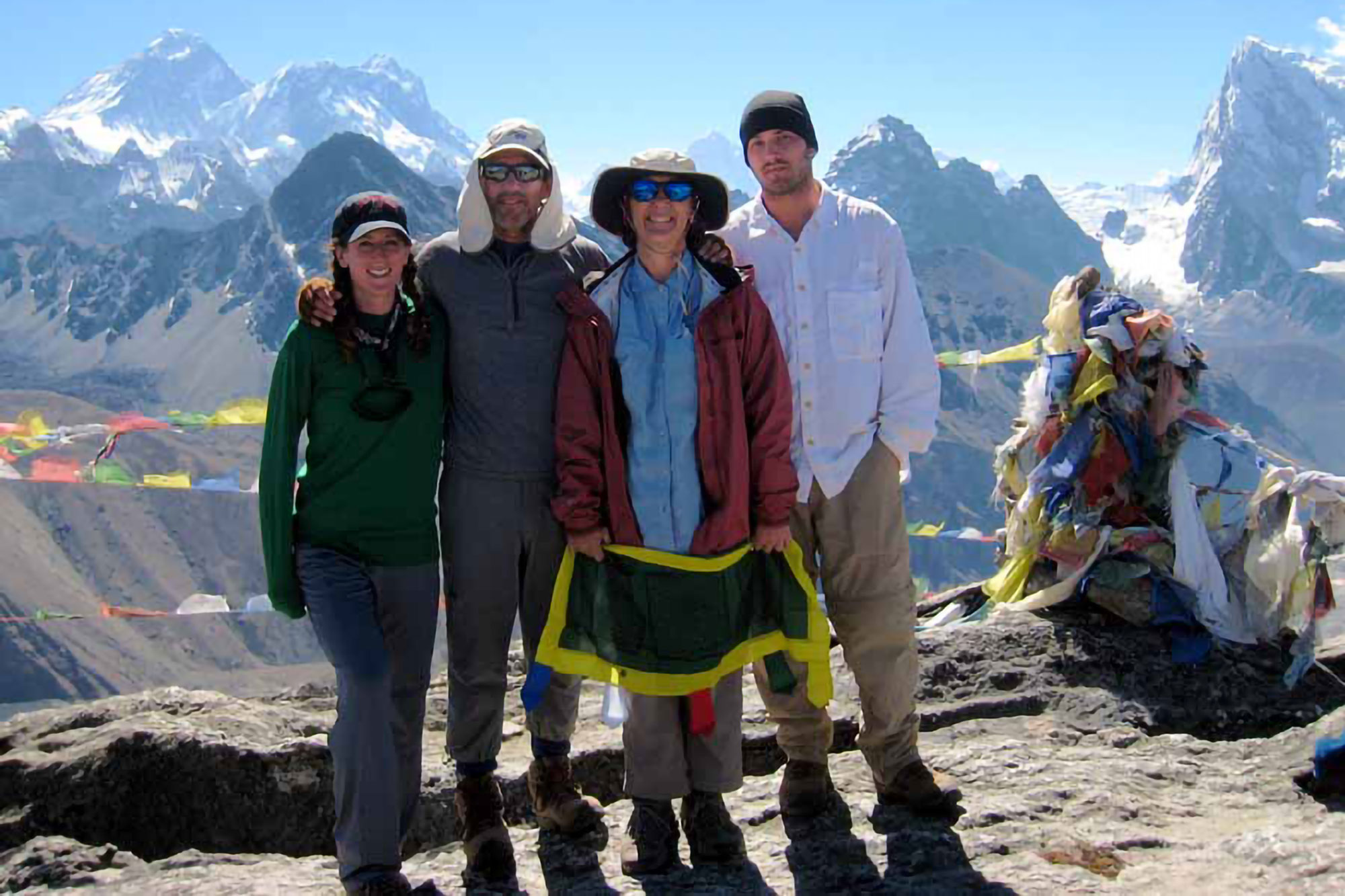Real Estate Gifts at MIT:
Real Impact for MIT Students
David Kaye ’68 shows how a gift of property benefits his family and MIT


A thumbnail biography of David H. Kaye ’68 makes remarkable reading: studied physics at MIT, astronomy at Harvard, and law at Yale; served as a fledgling attorney on the Watergate special prosecutor’s team; taught law at 13 universities, specializing in applying scientific knowledge to courtroom evidence; led guided tours for a trekking company, and participated in first ascents of mountains in Alaska and China.
His inspiration? “Perhaps curiosity,” says the Chicago-based Kaye, Distinguished Professor Emeritus at Penn State Law and Regents’ Professor Emeritus at Arizona State’s Sandra Day O’Connor College of Law. “If there is a common theme, it is things that are challenging, which require some effort and give you a sense of accomplishment in completing them.”
His MIT experience helped shape that path, Kaye says. “At MIT, I learned how to study—and learned more from the people around me. What I found when I went into law was that I was not intimidated by technological matters I didn’t already know about. Anything technical, I felt I could learn the basics that I needed. An MIT education gives one the confidence to adapt.”
Real estate gifts support education
He has made support for education his main philanthropic priority. “Education has been the most important life-changing experience for me,” he said. “I attended college and graduate school with the benefit of financial assistance, so I felt I ought to pay that back when I could.”
Having bought a few rental houses over the years as investments, he transferred these assets to charitable remainder unitrusts for MIT to provide unrestricted support to the Institute and periodic payments to his daughter, Miranda, and his son, Alexander, over the course of their lifetimes.
DISCOVER
Transferring property to a charitable remainder trust establishes income for life or fixed term for one or more persons. The property is transferred directly to the trust and sold in a short period of time, providing income for the donor or other beneficiaries. Benefits to the donor may include avoidance of capital gains tax and a partial income tax deduction to the extent allowable by the law.
Kaye said he saw a benefit in not having to actively manage multiple real estate investments. “At this point in life, my message is, ‘Keep things simple,’” he says. He also liked being able to provide for his children through a trust that is professionally managed, being invested alongside the MIT endowment. “I feel I’ve given them a secure basis for a lifetime stream of income that will supplement their own earnings,” Kaye says.
He sees MIT as a great investment. “I’ve always believed that good research and basic science help people in the end. MIT historically has benefited society. If I can aid those efforts, and at the same time, feel as if I’m paying back things that were given—that’s a good feeling.”
Pictured above: David Kaye ’68 with wife Nancy, daughter Miranda, and son Alexander on a family trek in Nepal.